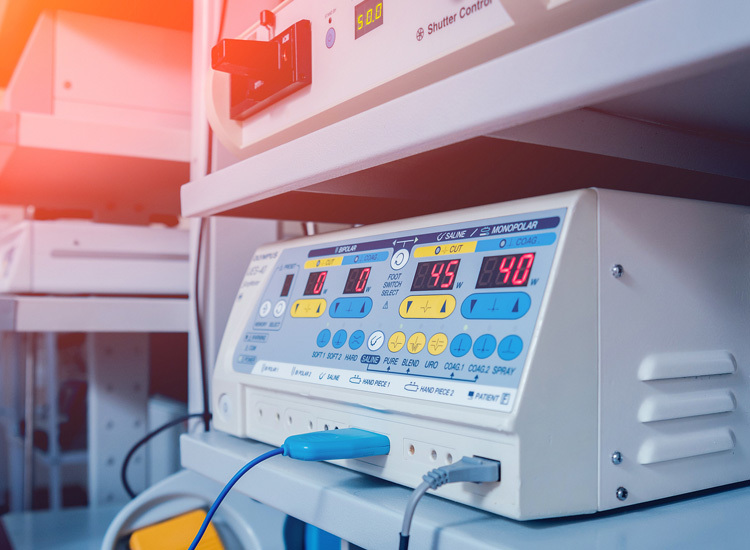APPLICATION
Medical Devices
Modified Polyurethane (PU): Modified polyurethane is known for its excellent biocompatibility and is used in the production of medical devices, artificial heart valves, and vascular stents. Its elasticity and wear resistance make it widely applicable in medical instruments.
Modified Polylactic Acid (PLA): Modified polylactic acid is a biodegradable material used in the production of biodegradable medical consumables such as sutures, implants, and absorbable sustained-release drug delivery systems.
Modified Polycarbonate (PC): Modified polycarbonate offers good transparency and strength, making it suitable for manufacturing transparent components in medical devices, such as IV bottles, clear masks, and eyeglasses.
Modified Polymethyl Methacrylate (PMMA): Modified PMMA is used for manufacturing optical transparent components such as eyeglass lenses, intraocular lenses, and dental materials.
Modified Silicone: Modified silicone materials offer excellent biocompatibility and are used for manufacturing medical device seals, implants, and flexible catheters.
Antimicrobial/Antimicrobial Modified Materials: These materials contain antimicrobial additives and are used for manufacturing surfaces and surgical equipment in medical devices to reduce the risk of bacterial transmission.
Biodegradable Materials: For instance, modified poly(lactic-co-glycolic acid) (PLGA) is used in the production of absorbable sustained-release drug delivery systems and implants.
These modified materials can be selected based on specific medical application requirements, addressing aspects such as biocompatibility, chemical resistance, high-temperature resistance, transparency, strength, and biodegradability. Material selection is critical in the medical field as it directly impacts product performance, safety, and efficacy.
Solution 5: Medical Devices
Solution focuses on modified materials for medical devices
Color: Provide a range of color options to meet identification and branding needs for medical devices.
Conductive: Use conductive modified materials in medical devices for sensors and electrodes.
Flame Retardant: Enhance flame retardancy to ensure the safety of medical equipment.
High Temperature: Choose materials with high-temperature resistance for sterilization processes.
Long Glass Fiber: Strengthen the housing of medical devices for improved mechanical integrity.
Structural Performance: Optimize structural attributes for device stability and longevity.
Thermoplastic Elastomer: Utilize thermoplastic elastomers (TPE) for flexibility and impact resistance in sealing components.
Wear Resistance: Improve wear resistance for components subject to friction and wear in medical instruments.
These solutions encompass a variety of modified materials to meet specific requirements in LED lighting, household appliances, automotive components, communication equipment, and medical devices, addressing attributes such as color, conductivity, flame retardancy, high-temperature resistance, long glass fiber reinforcement, structural performance, thermoplastic elastomers, and wear resistance.

Online Message
Thank you for your attention to us. If you have any needs or comments, please leave us a message.


